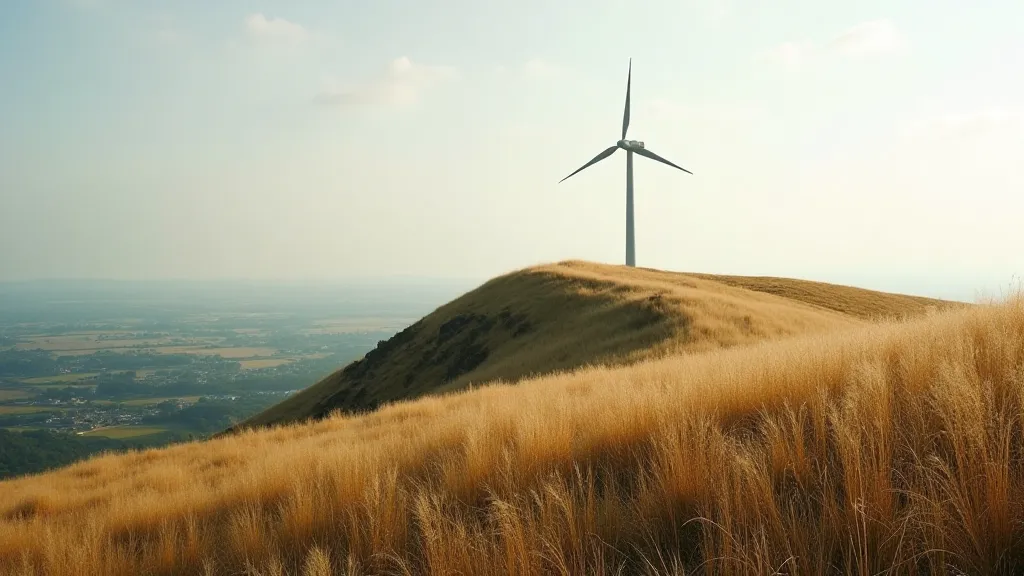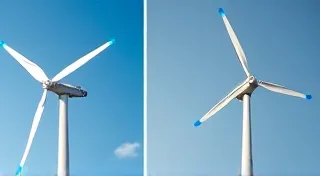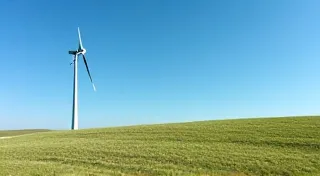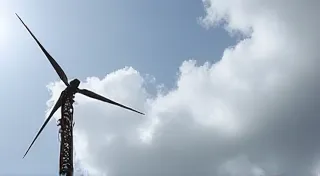Wind Resource Assessment: Finding the Best Location for Your Turbine
Building a small-scale wind turbine is an exciting project, but its success hinges on one crucial factor: wind. Simply building a turbine isn't enough; it needs to be placed where the wind blows consistently and strongly. A comprehensive wind resource assessment is the first step in ensuring your DIY wind power system generates the energy you expect. This article will guide you through the process of evaluating wind potential on your property.
Why is Wind Resource Assessment Important?
Imagine a car with a powerful engine stuck in mud. That’s essentially what a wind turbine is without adequate wind. A poorly positioned turbine will produce little to no power, wasting your time, money, and effort. Understanding your local wind patterns allows you to:
- Maximize Energy Production: Place your turbine where it will capture the most wind.
- Optimize Turbine Size: Know the prevailing wind speeds to choose a turbine with appropriate rotor size.
- Avoid Turbulence: Identify areas sheltered by trees, buildings, or terrain.
- Ensure Safety: Consider potential hazards like falling trees or ice buildup.
Initial Observations: A Quick Walk-Around
Before diving into detailed measurements, begin with a visual assessment. Walk around your property, noting:
- Prevailing Wind Direction: Observe the movement of trees, flags, or smoke to determine the most common wind direction.
- Obstructions: Identify trees, buildings, hills, and other obstacles that could block or disrupt wind flow. Wind slows down and becomes turbulent as it flows around obstructions.
- Terrain: Note changes in elevation and land contours, as these affect wind patterns.

Measuring Wind Speed and Direction
While observation is helpful, quantitative measurements are essential. There are several methods you can use:
1. Anemometer and Wind Vane
The most accurate way to measure wind is with an anemometer (to measure speed) and a wind vane (to measure direction). You can purchase these relatively inexpensively. Mount them on a tall pole, ideally at a height comparable to your planned turbine hub height. Record data over an extended period – ideally several months – to account for seasonal variations.
2. Online Wind Maps and Data
Several websites provide wind maps and historical data. These can give you a general idea of wind potential in your area, but remember that local terrain significantly alters wind patterns. These are a good starting point for identifying areas of interest.
3. Provisional Measurement with a Kite
A simple and inexpensive way to get a preliminary feel for wind speed is to fly a kite. Note how strong the wind needs to be to lift the kite and how high it will fly. This gives you a rough estimate of wind speed at different altitudes.
The Importance of Height
Wind speed generally increases with height above ground. This is because surface friction from trees, buildings, and terrain slows down the wind closer to the ground. Your turbine’s height should be as high as practically possible, while still considering safety and regulations. Most small-scale turbines perform best at least 30 feet (9 meters) above surrounding obstructions.
Analyzing Your Data
Once you're done gathering data, analyze the wind speed distribution. Calculate the average wind speed, the frequency of high wind events, and the prevailing wind direction. Look for patterns and identify locations with consistently strong and reliable winds.
Consider Turbulence
Turbulence is irregular, chaotic air movement. It's caused by obstructions and uneven terrain. Excessive turbulence can damage your turbine and reduce its efficiency. Avoid locations known for significant turbulence. A wind direction variance of more than 180 degrees can be a sign of turbulence.

Conclusion
A thorough wind resource assessment is a critical investment in the success of your DIY wind power project. By carefully evaluating your property’s wind potential, you can choose the optimal location for your turbine, maximize energy production, and ensure its longevity. Don't rush this step; it’s the foundation of your wind power journey.






